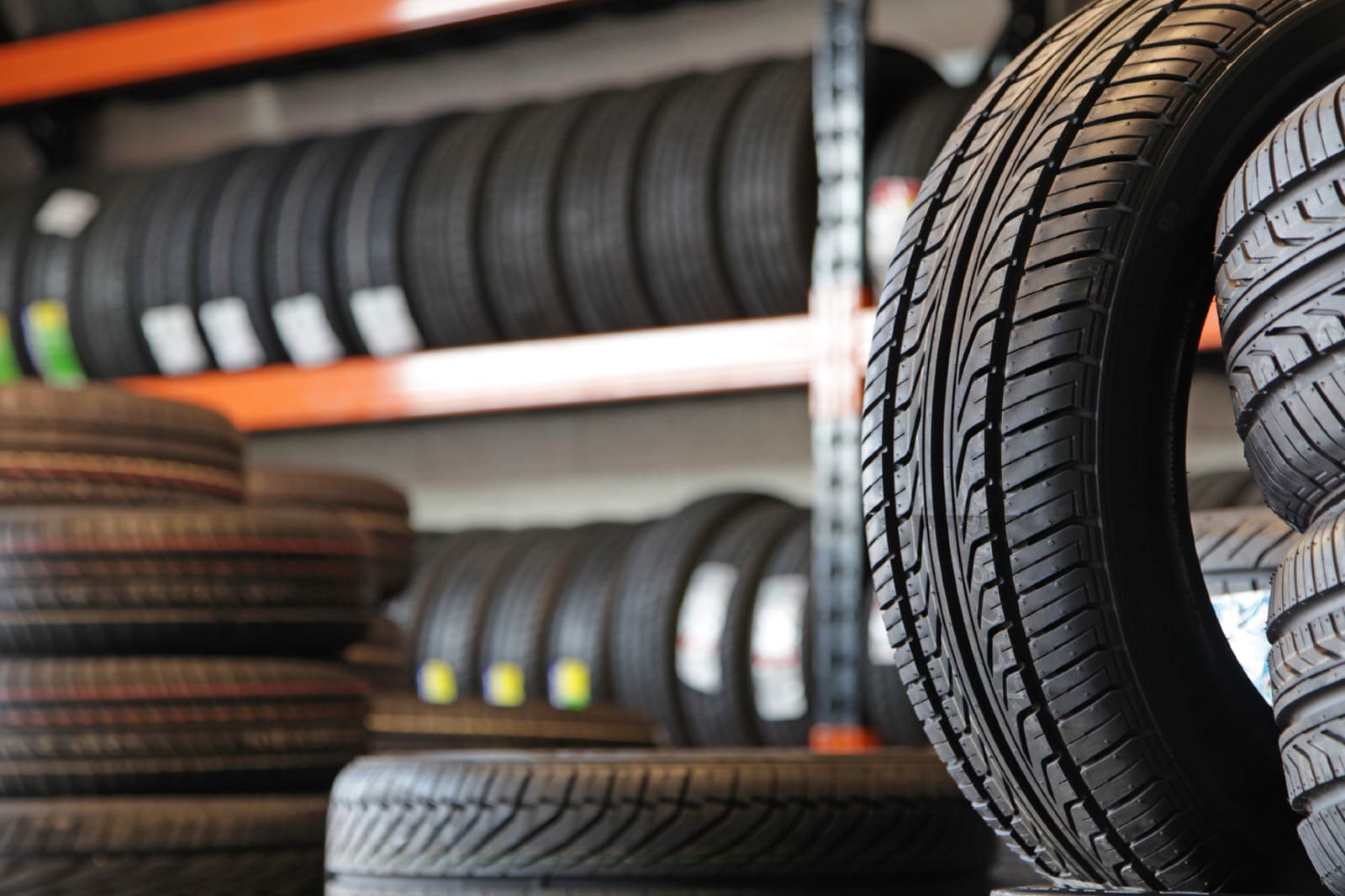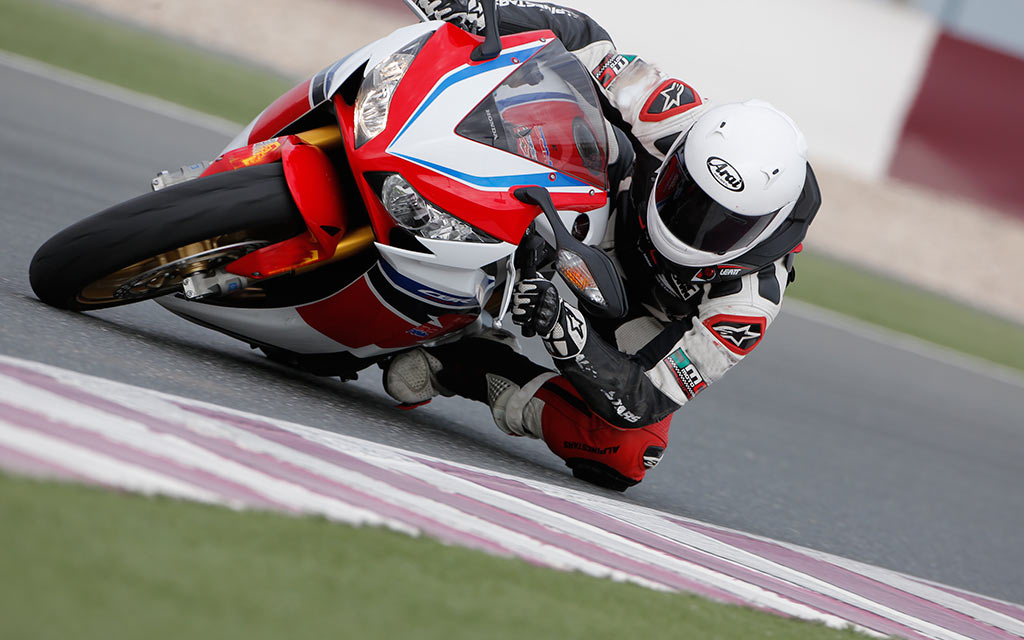All Categories
Featured
Table of Contents
I had the ability to obtain 100 hours out of one of these tires, and while it had definitely no tire lugs left on it, the soft substance made it function extremely wellas long as I was making use of a soft mousse. Kitt Stringer image Easy placing - 3Wear - 3Sidewall stamina - 3Performance on roots - 4Performance on damp rocks - 2Traction on dirt - 5Cornering capacity - 4Traction while braking - 4Self-clearing of dust and mud - 3Performance in mud - 3Overall predictability or monitoring - 3 _ 37 Conclusion: This is an excellent well-rounded tire with excellent value for money.

The wear corresponded and I like the length of time it lasted and just how consistent the feeling was throughout usage. This would also be a great tire for faster races as the lug dimension and spacing little bit in well on quick surface. Kitt Stringer picture Easy placing - 3Wear - 3Sidewall strength - 3Performance on roots - 4Performance on wet rocks - 4Traction on dust - 4Cornering ability - 4Traction while braking - 5Self-clearing of dirt and mud - 4Performance in mud - 4Overall predictability or tracking - 4_42 Verdict: I liked this tire a whole lot.
If I had to buy a tire for difficult enduro, this would be in my leading choice. Easy mounting - 3Wear - 3Sidewall strength - 3Performance on roots - 4Performance on wet rocks - 3Traction on dust - 4Cornering capability - 3Traction while stopping - 3Self-clearing of dirt and mud - 4Performance in mud - 4Overall predictability or monitoring - 3 _ 34 Conclusion: This tire was very soft and flexible.
All the gummy tires I evaluated executed relatively close for the first 10 hours approximately, with the champions going to the softer tires that had better traction on rocks (Cheap tyres). Acquiring a gummy tire will certainly provide you a solid advantage over a routine soft substance tire, however you do pay for that benefit with quicker wear
Best Tyre Checks
This is an optimal tire for springtime and fall conditions where the dirt is soft with some moisture still in it. These proven race tires are fantastic all about, but put on rapidly.
My total winner for a difficult enduro tire. If I had to invest cash on a tire for daily training and riding, I would certainly pick this.
Best Tyre Replacement
I've been running a collection of Michelin Power Pilot 2CT's on my track Daytona 675 for the past year. In that time I have actually done 15 track days in all climates from cool wet to super warm and these tires have never missed a beat. High-quality tyres. I've done virtually 2,000 miles (3,200 kilometres) on them and as you can see from this shot of the front taken after initial session of my 15th track day on them, they still have quite a whole lot of rubber left on them
Simply put the 2CT is an amazing track day tire. If you're the sort of cyclist that is likely to experience both damp and completely dry problems and is beginning on course days as I was in 2014, then I assume you'll be hard pressed to discover a better worth for cash and proficient tyre than the 2CT; a set of which will establish you back around 185 (US$ 300) in the UK.
Creating a better all round road/track tire than the 2CT should have been a difficult task for Michelin. The result of that effort is the Michelin Pilot Power 3 which basically changes the Pure. Do not confuse this brand-new tire with the roadway going Pilot Road 3 which is not created for track usage (although some motorcyclists do).
When the Pilot Power 3 launched, Michelin suggested it as a 50:50% road: track tyre. All the biker reports that I've reviewed for the tyre price it as a far better tire than the 2CT in all areas however particularly in the wet.
Car Tyres – Stirling
Technically there are many differences between the 2 tires even though both utilize a twin compound. Visually you can see that the 2CT has fewer grooves cut right into the tire but that the grooves run to the edge of the tyre. The Pilot Power 3 has even more grooves for far better water dispersal yet these grooves don't get to the shoulder of the tyre.
One aspect of the Pilot Power 3 which is different to the 2CT is the new 2CT+ modern technology which prolongs the harder center section under the softer shoulders (on the rear tire). This need to offer much more stability and lower any type of "squirm" when speeding up out of edges despite the lighter weight and even more adaptable nature of this new tire.

Although I was a little suspicious regarding these reduced pressures, it turned out that they were great and the tires carried out truly well on course, and the rubber looked better for it at the end of the day. Simply as a factor of reference, various other (fast group) motorcyclists running Metzeler Racetecs were utilizing tire stress around 22-24 psi for the rear and 24-27 psi on the front.
Generating a far better all rounded road/track tyre than the 2CT need to have been a difficult task for Michelin. The result of that effort is the Michelin Pilot Power 3 which basically replaces the Pure. Do not confuse this new tire with the roadway going Pilot Road 3 which is not made for track usage (although some cyclists do).
Trusted Discount Tyres Near Me
They inspire massive self-confidence and supply amazing grip degrees in either the damp or the dry. When the Pilot Power 3 launched, Michelin suggested it as a 50:50% road: track tire. That message has recently altered because the tyres are currently recommended as 85:15% roadway: track usage rather. All the cyclist reports that I have actually read for the tire price it as a far better tire than the 2CT in all locations but particularly in the wet.

Technically there are quite a few distinctions in between both tires even though both utilize a dual compound. Visually you can see that the 2CT has fewer grooves cut into the tire however that the grooves go to the side of the tyre. The Pilot Power 3 has more grooves for far better water dispersal but these grooves do not get to the shoulder of the tire.
One aspect of the Pilot Power 3 which is various to the 2CT is the brand-new 2CT+ innovation which extends the harder middle area under the softer shoulders (on the back tire). This ought to provide extra stability and decrease any "wriggle" when speeding up out of edges regardless of the lighter weight and more flexible nature of this new tire.
I was somewhat dubious concerning these lower pressures, it transformed out that they were great and the tires carried out actually well on track, and the rubber looked far better for it at the end of the day - Wheel alignment. Equally as a point of recommendation, other (quick team) riders running Metzeler Racetecs were using tyre pressures around 22-24 psi for the rear and 24-27 psi on the front
Latest Posts
Reliable All-season Tyres (Caversham WA)
Tyre Tuning Near Me – Wanneroo
Tyre And Wheel Services – Wanneroo 6064 WA